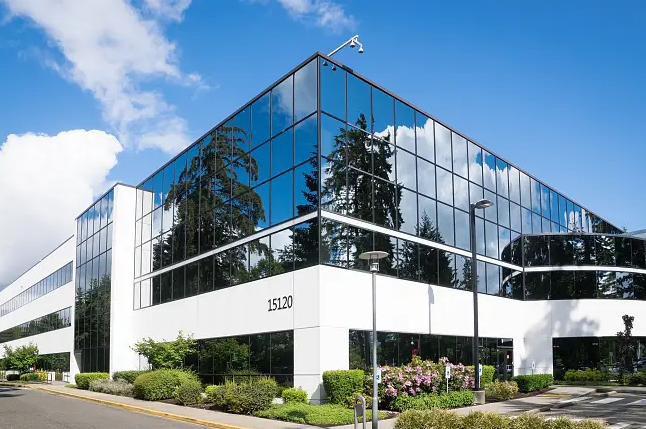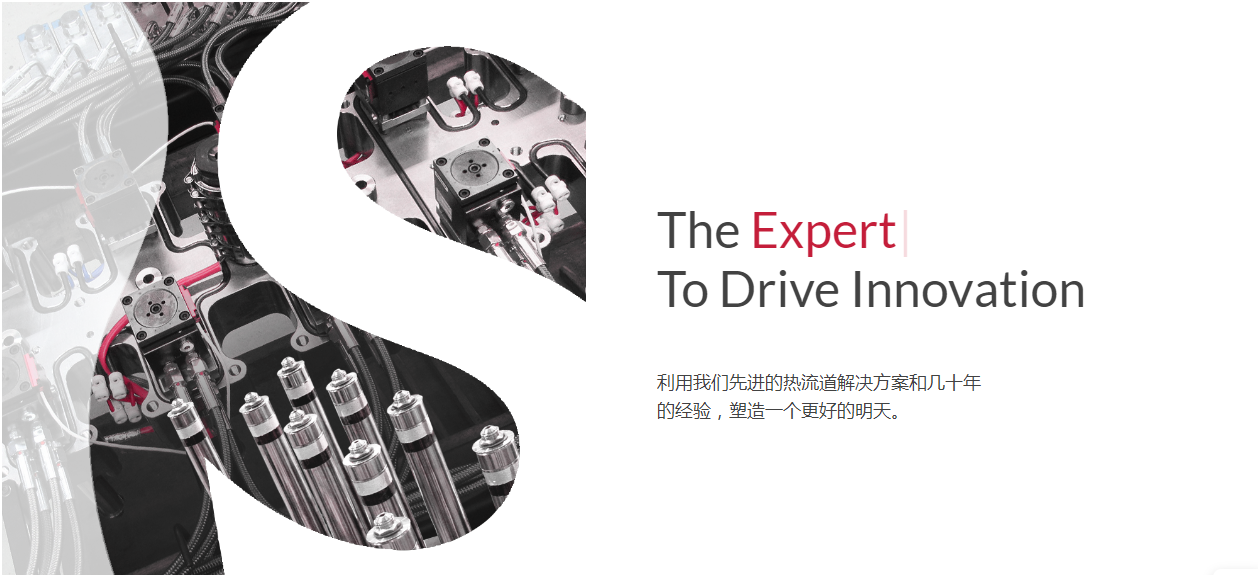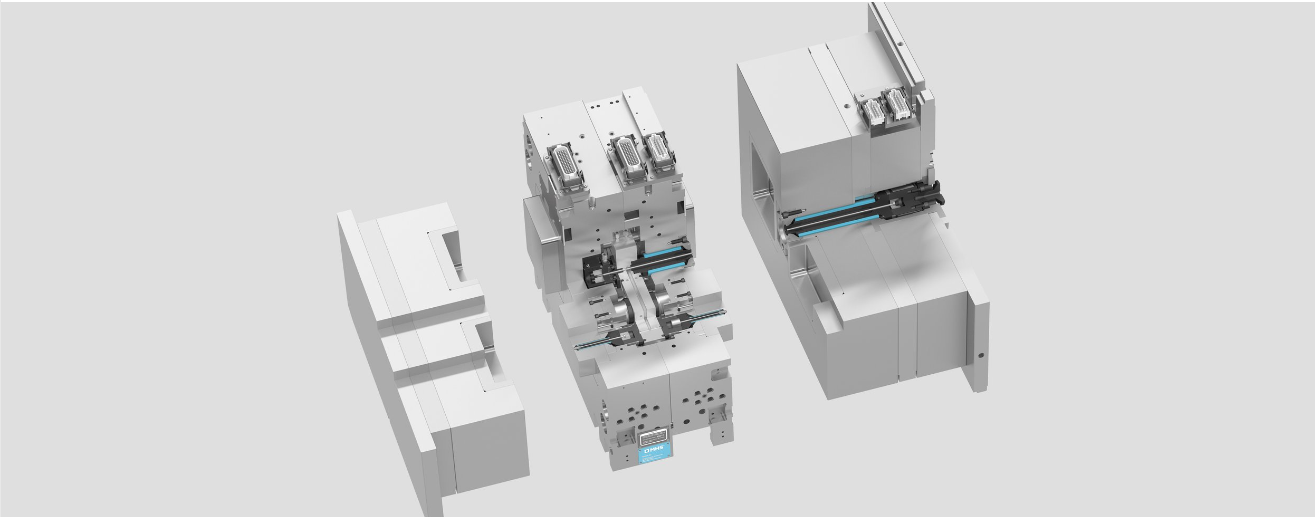Aboult ANOLE
Injection molding is the most common production technique in industries like automobiles and consumer goods to make products from different plastics. Undoubtedly, many innovations have revolutionized injection molding to achieve incredible speed and quality. Hot runners are of great significance.
In this article, we will be taking a look into the fantastic world of hot runners, which come with features ranging from their component parts to the benefits they provide and their application in modern-day injection molding techniques.
Introduction to Hot Runners:
Hot runners' composition represents a basic component of the injection molding machine responsible for transferring molten plastic material from the nozzle to the mold cavity. Cold runners are the opposite of the conventional type; they require cooling and can cause material waste and protracted cycle times. Hot runners, on the other hand, are different in that the plastic is kept at the appropriate temperature, allowing for accurate and smooth molding.
What are the components of hot runners?
1. Manifold system :
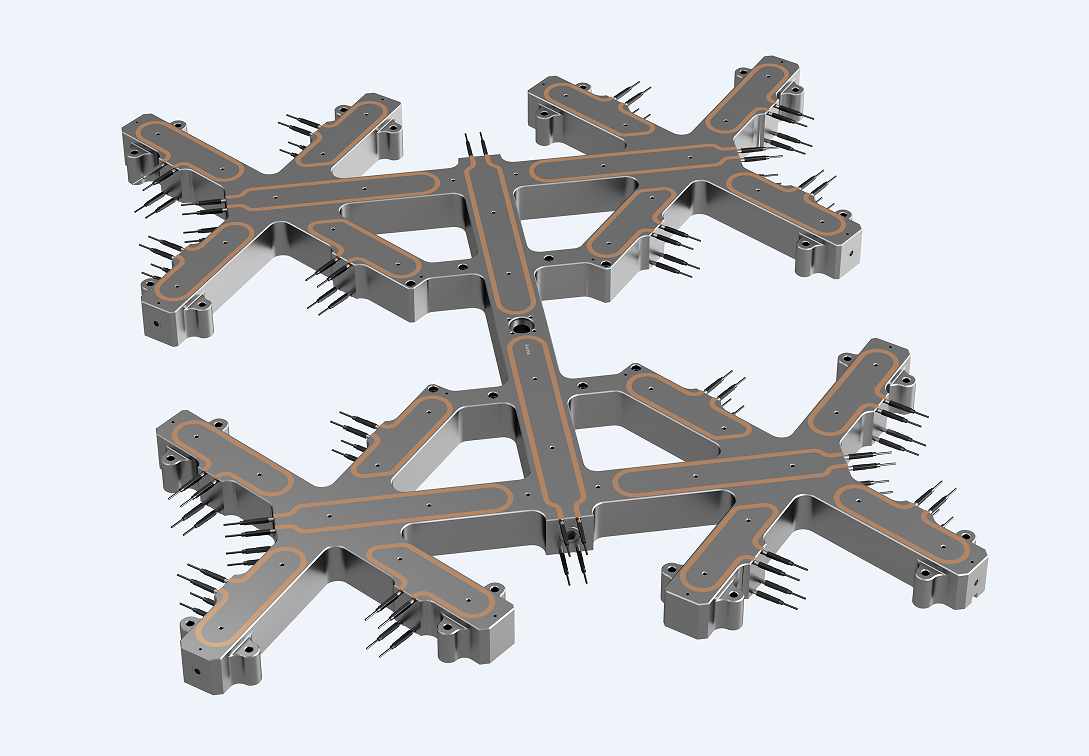
The manifold type is the primary feed system for liquid resin plastic material in a hot runner environment. It is a channel operating system that assists in the route of plastic from the injector machine to each separate nozzle. The manifold is mainly made from high-grade stainless steel or aluminum materials, which can withstand high temperatures and pressure in the melt flows.
2. Nozzles:
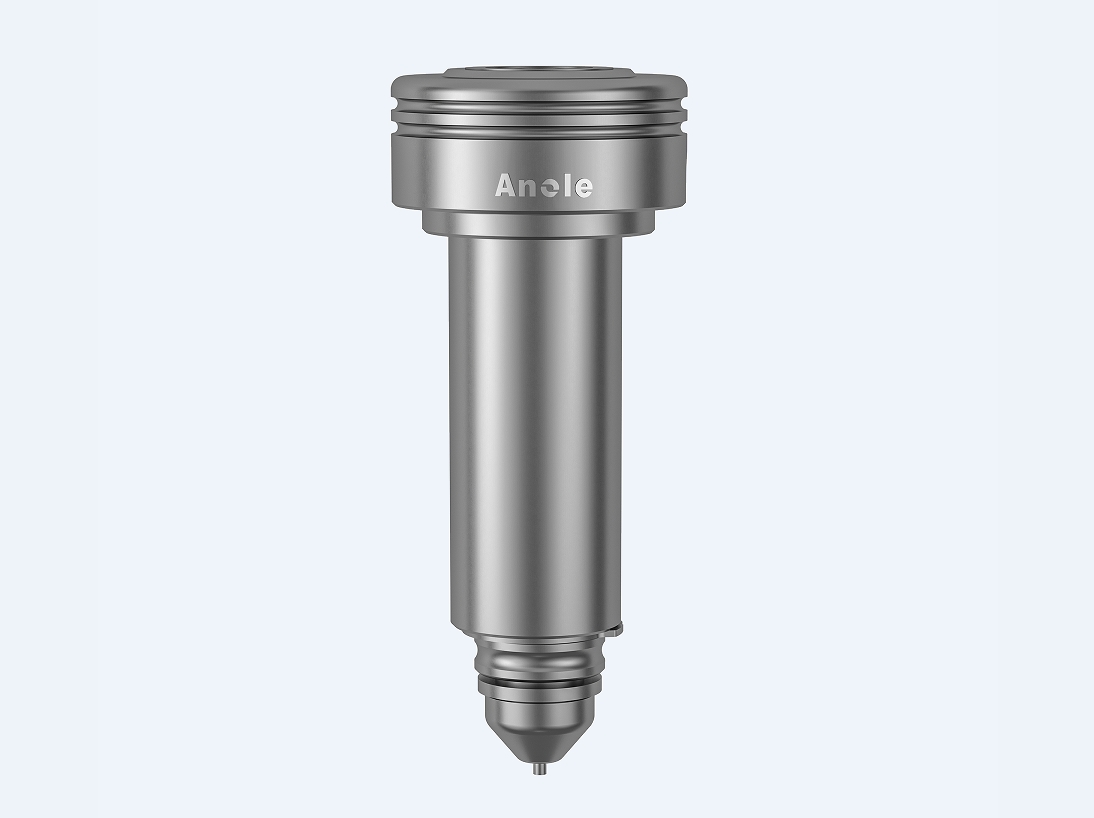
A manifold is a hose tube that transports the liquid plastic at the end of the process; nozzles act as the endpoints of the manifold system and deliver molten plastic into the mold cavity. The latter has heaters and temperature sensors that maintain constant temperature and flow. Nozzle types, such as single-tip, multi-tip, and valve gate nozzles, are designed with a wide range of shapes to apply injecting systems for diverse workshop needs and purposes.
3. Heaters and Temperature Controllers:
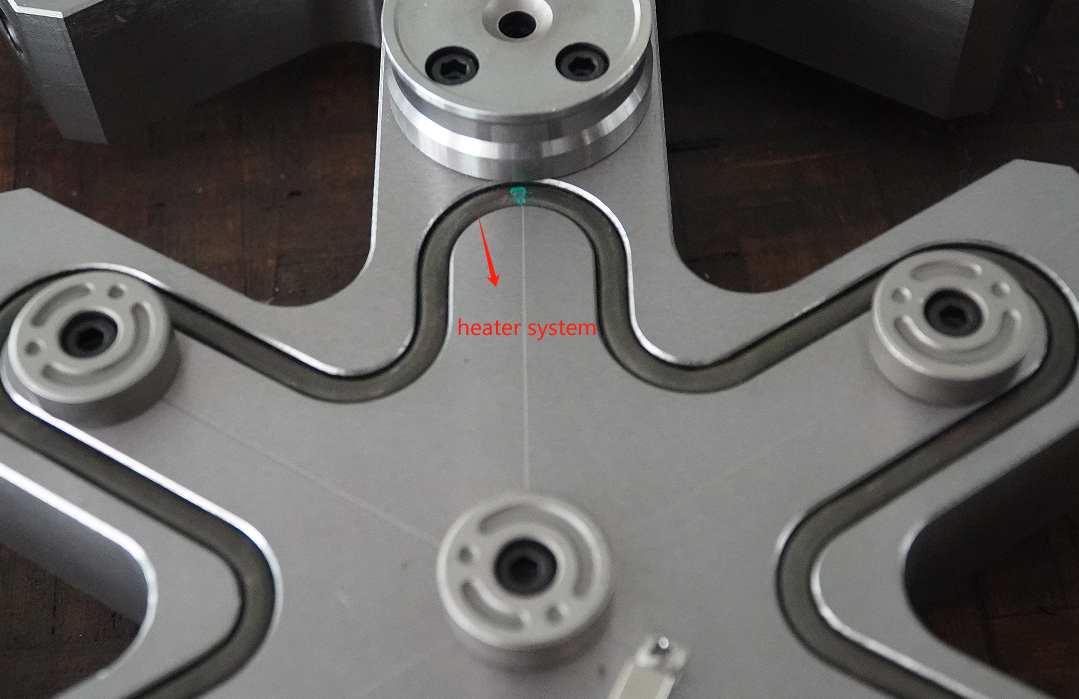
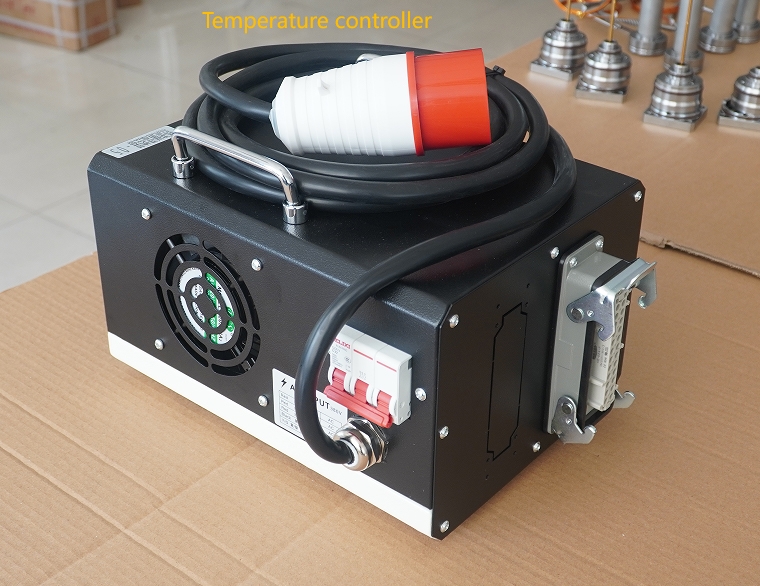
Heaters are an essential component for the preliminary step in injection molding, which warms up and keeps the plastic material at a designated temperature. They are designed and inserted inside the hot-runner system and are operated by thermo-regulators. Temperature sensors monitor the temperature of heaters and adjust them to get a specific temperature and equal flow of the melted plastic material. Heaters, temperature controllers, and equipment are crucial features in forming flawless parts with the slightest defects possible.
4. Gate Types:
Hot runner systems come with different gate designs, each having the propensities to leave over the gate border, longer cycle time, and worse quality of the part.
Standard gate types include:
Pin Gates: Pin precipitators are popular based on simplicity and reliability regardless of whether the hot-runner system is applied. They are devices pinpointed that open and close the mold, or more colloquially, the mold cavity, to allow material to flow into the mold.
Valve Gates: Valve gates function as a mechanism actuated by a valve that delivers the accuracy that many people need in the plastic flow. These infill materials allow us to produce parts with exquisite shapes, thin walls, and special shapes. To produce this particular part, we perform laser processing that uses specially designed 3D software and 3D laser equipment.
Thermal Gates:
The thermal gates move together with the expansion and contraction of the gate used for controlling the flow of polymer. They are high-grade with appropriate for producing well-detailed moldings.
5. Insulation:
The use of insulation materials aims to decrease heat loss within the heating system. It guarantees the same temperature level inside the system, and thus, the output is evenly heated. Insulation protects the environment from heat loss into the outside environment during the plastics injection molding process. As a result, plastics
will be at the desired temperature without falling below the recommended levels. Insulation materials are encountered regularly and vary from ceramic fiber to mineral wool and thermal blankets.
6. Manifold Heaters and Thermocouples:
In addition to your nozzle heaters, warm runner systems involve manifold heaters and thermocouples. The manifold heater is the governing factor in preserving the manifold system resources' temperature and keeping the flow of molten plastic better. The operation of the two thermocouples in monitoring temperatures is complementary, whereby feedback in terms of temperature regulation is a constant input by them to the controllers to facilitate precision.
7. Cooling System:
Another critical factor besides hot runners' capability to maintain the plastic material at an optimal temperature during the injection molding process is that they are also supplied with a cooling system to prevent overheating. Heating systems have been fitted with heat transfer channels to remove excess heat and prevent it from reaching dangerous temperatures for specific components. Careful cooling with an advanced hot runner system is fundamental for avoiding early wear and guaranteeing machine life.
What are the benefits or uses of hot runners in injection molding
Hot runner injection molding serves many functions, including more efficient processes, lower material waste, better quality of products, and provision of much-needed freedom.
Here are some of the critical uses of hot runners in injection molding:
Reduced Material Waste:
Hot runners with injection molding process are used to reduce the amount of material wastage during this process. While cold runners are still in use, scrap material is scraped after each cycle, while the hot runner maintains activeness and prevents solids from beginning in the system. This avoids the wearing of runners, which is a huge plus, dramatically reduces material waste, and thus is cost-effective while also holding benefits to the environment.
Shorter Cycle Times:
Hot runners allow faster binary cycles than cold runners. Therefore, a hot runner melts the plastic material at the perfect temperature when it goes into the molding process. Thus, the whole process, including injection and cooling cycles, is completed in a shorter period. This subsequently translates into enhanced productivity and throughput, which allows factories to provide more parts to companies in shorter periods.
Improved Part Quality:
The applied hot runners provide a well-controlled temperature condition, leading to plastic material liquidation and flowing smoothly into the mold cavity, obtaining excellent quality molds with minimum defects. Compared to cold runner systems, the thermal guidance of hot runners assists in eliminating risks such as warping, sink marks, and knit lines that might result from uneven cooling or inadequate gating. As such, manufacturers will attain high part quality and consistency, thus enabling them to avoid negligence and guaranteeing clients' satisfaction. Subsequently, the variety of application requirements is eliminated.
Enhanced Design Flexibility:
Hot runners are process-improved models compared to cold runners, enabling more efficient fabrication of intricate multi-geometries and thin walls. In this regard, hot runner injection technology can provide very accurate temperatures and valve movements for individuals who mold intricate details and precise product dimensions, enabling more opportunities for product design and innovation. Manufacturers can design parts with complex shapes, undercuts, and smooth transitions to match the quickly growing trendy designs, consumers, and industries.
Cost Savings:
Although it should be taken into account that over time, the initial investment for hot runner tools may be more than the similar investment for cold runner tools, the benefits of reduced material waste, short cycle time, and final product quality make hot runners a cost-effective solution. The fact is that hot runners facilitate the optimization of the injection molding process. Thus, through their facilitation, manufacturers come to grapple with very cost-effective production coupled with optimal profitability.
Customization and Tailoring:
Hot runners offer the opportunity to personalize and adjust this process to meet the expectations of unique requirements and production needs. Manufacturers can explore different options, such as temperature regulation, changes in flow rate, and gating issues, that cause the hot runner system to work differently from part to part. This flexibility allows hardware vendors to meet customers' different needs and offer custom solutions in the various fields of business and applications.
Applications of Hot Runners:
Hot runners find applications across a wide range of industries and product categories, including:
Automotive:
Runners to heat are used for producing several automotive items, including dashboards, bumpers, door panels, and interior trim panels.
Electronics:
In the electronics industry, hot runner setups have become acceptable for making enclosures, connectors, and housing for electronic devices and their parts.
Packaging:
Additional quality ensures the final product as it allows for the production of exact modifications in designs for packaging for food, drinks, cosmetics, and pharmaceutical products.
Medical Devices:
Hot runners provide medical devices from high-tech manufacturers, like syringes, catheters, vials, and surgical instruments, and not much less than the precision and quality, which are the basis for their work.
Consumer Goods:
Hot runner technology may make different types of consumer products, from custom toys, couture wear, household appliances, sporting goods, and consumer electronics, possible. This technology facilitates a better surface finish and intricate details.
Hot runners have helped improve the injection molding industry by the use of better techniques, which lowers material efficiency, cycle times, better part quality, and provides flexibility in design. Nowadays, hot(temperature) runners have been equipped with advanced parts and high-precise temperature control, which are irreplaceable tools for manufacturers crafting microfabrication equipment that aims to enhance their production. Technology is commonly played out, and they are obliged to play a vital part in molding, manufacturing, and taking the future of injection molding.

